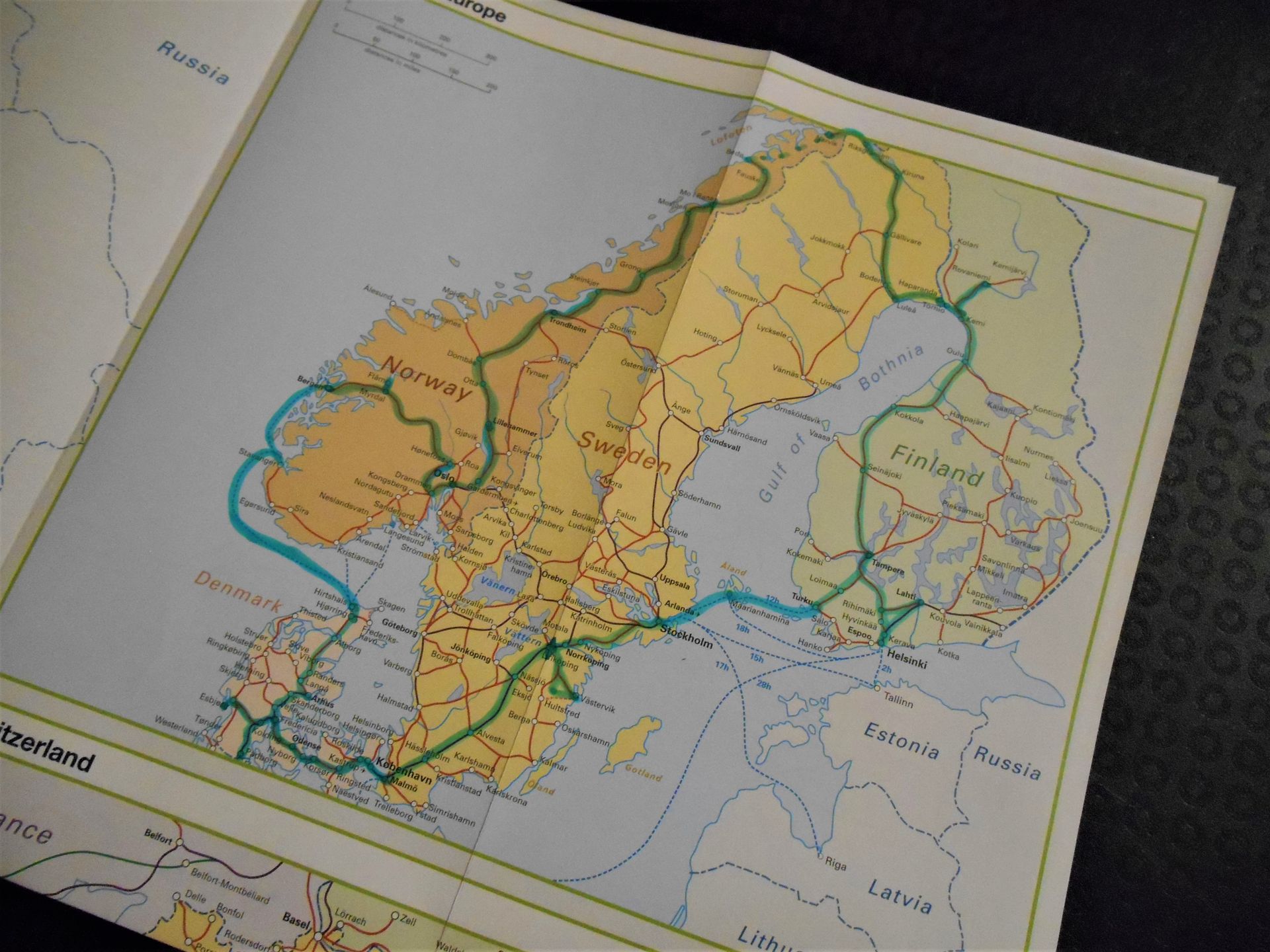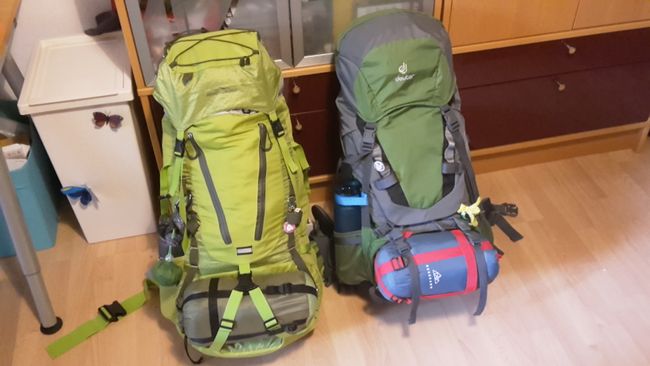Day 10: Harbingers of Spring and Nobel Laureates
Нашр шудааст: 10.09.2017
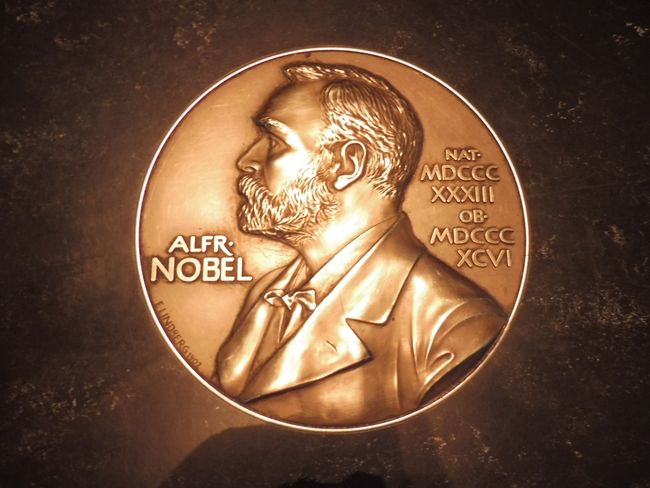
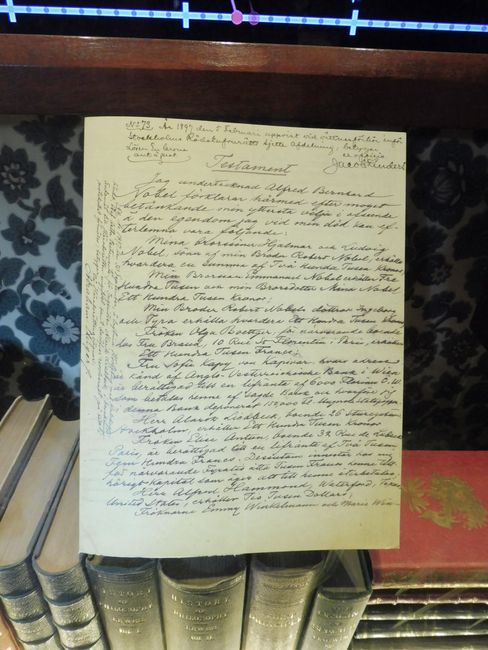
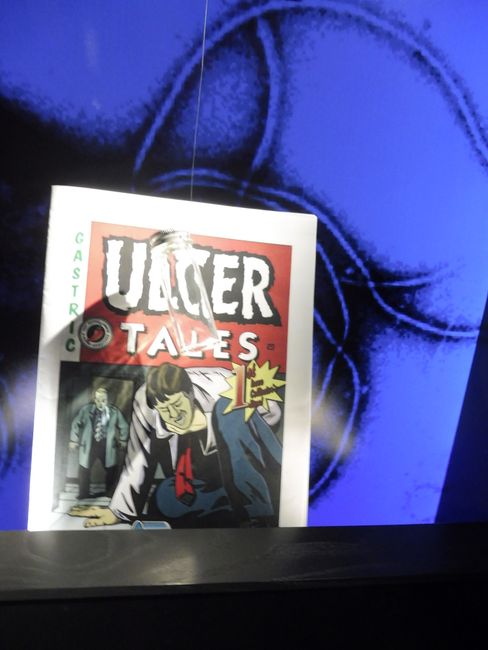
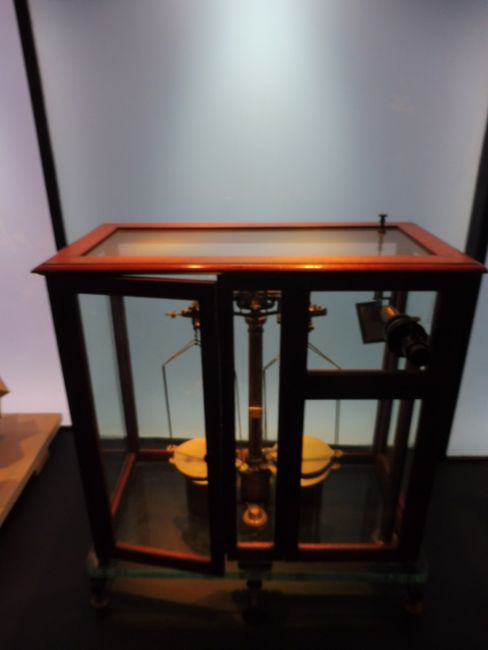
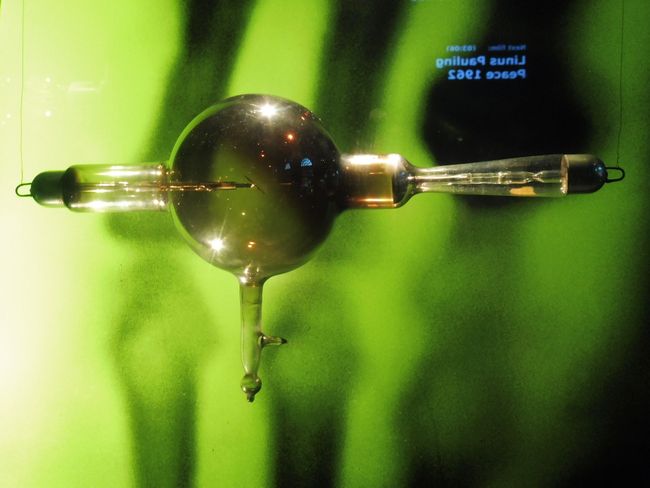

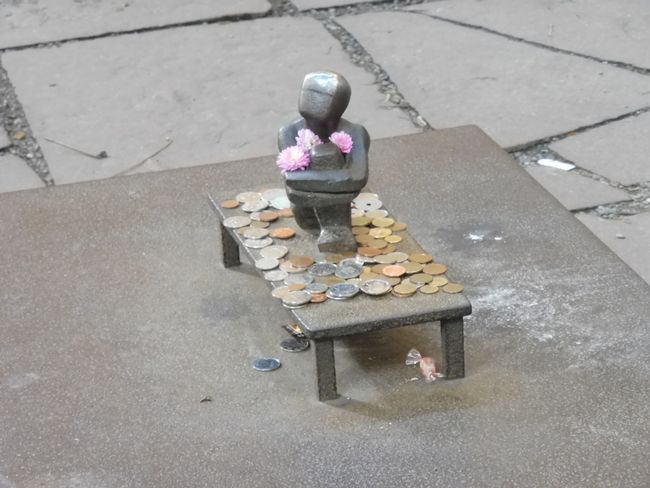
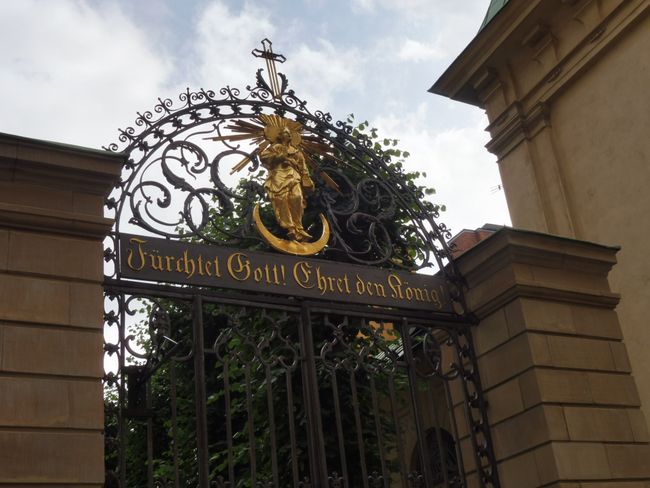

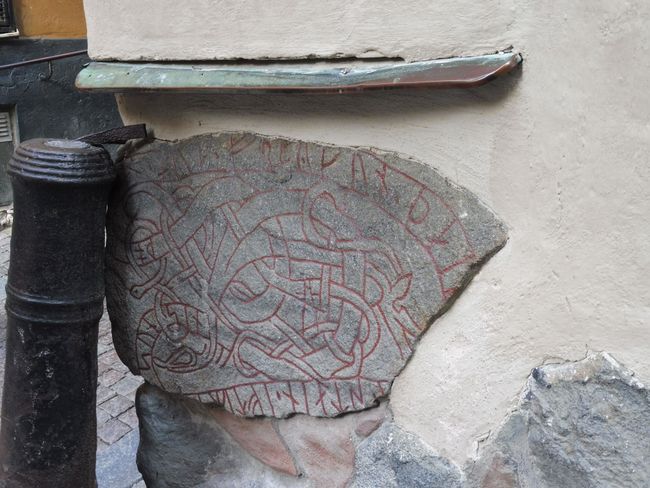
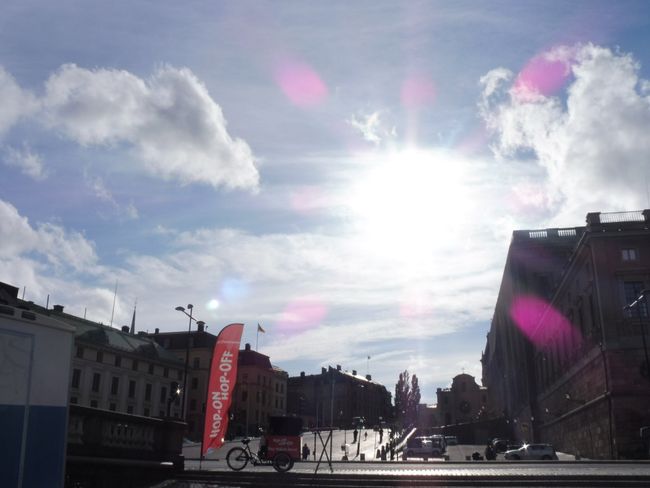
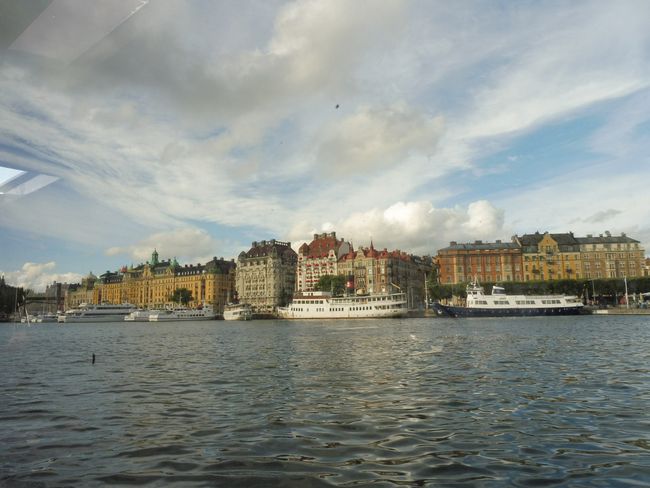
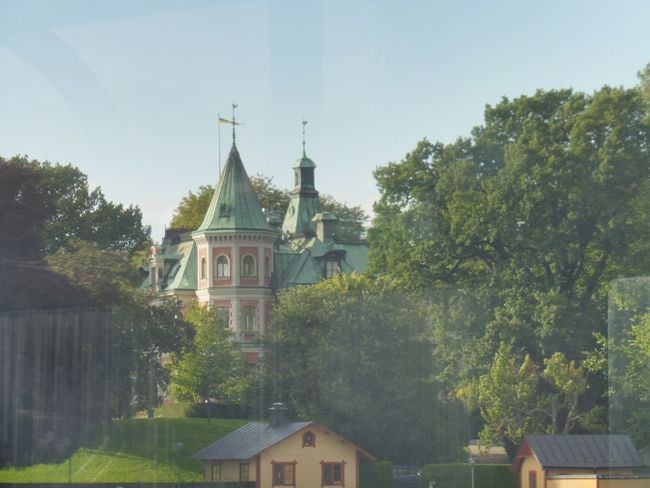
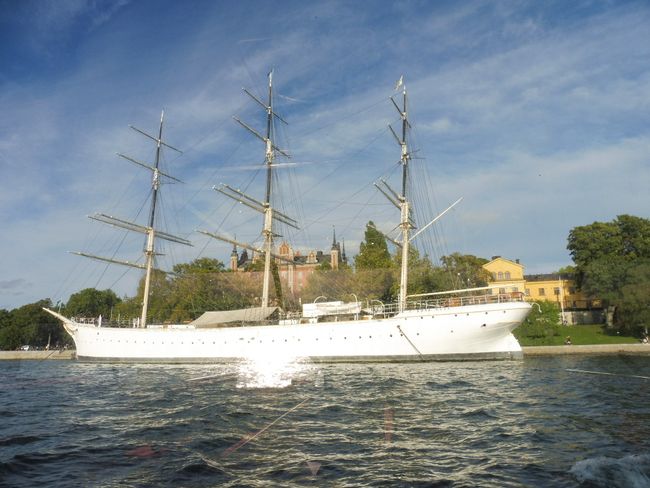
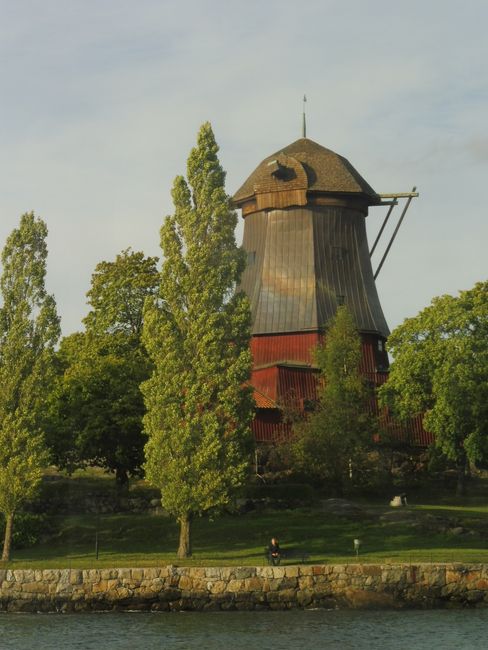
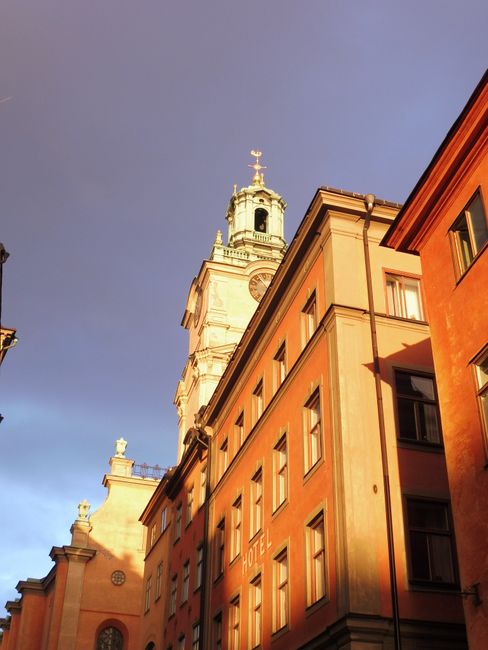

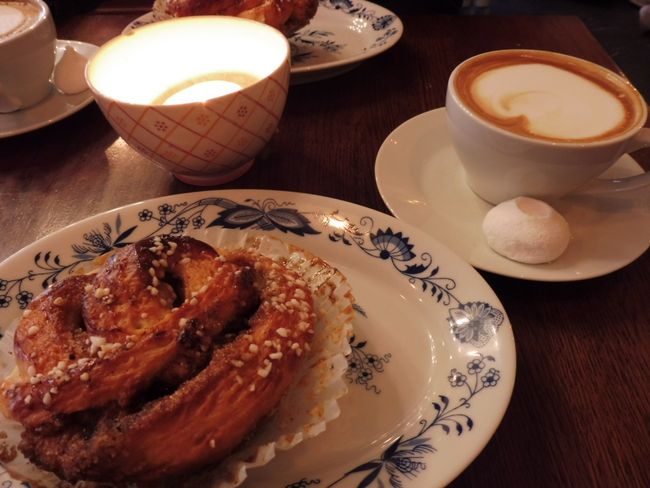

Ба бюллетен обуна шавед
After the alarm clock rang earlier than yesterday, the sleepy mood was immediately lifted when we looked out the window: sunshine and blue sky! 🤗
After a quick breakfast, we headed back to the city center. Due to time constraints, the original plan for the 'Royal Palace' was quickly abandoned as we wanted to attend a guided tour at 14:00.
Unfortunately, the sky had already turned gray by now.
Instead, we decided to visit the Nobel Museum, which turned out to be a very good decision. Here, we received a short introduction to the origin and history of the Nobel Prize before exploring the museum on our own. We were guided through the exhibition by a quiz, and we actually solved it after the final hint.
Particularly interesting were the objects that various laureates had donated to the museum. Among them were Malala Yousafzai's scarf, Marie Curie's atomic scale, and Conrad Röntgen's X-ray tube. In addition, Alfred Nobel's testament, which started it all, was exhibited, there were interactive information boards, real gold medals, and films about many of the previous laureates.
In the end, we were able to do some experimenting ourselves - overall, it was a truly successful exhibition!
After leaving the museum, we waited a few minutes (in the sunshine!) at Stortorget for the start of the guided tour. It was led by a young German who has been living in Stockholm for a long time and provided some interesting insights about Stockholm and the Swedes.
For example, we learned that the islands of Stockholm were partially built on garbage dumps and what it meant to be 'stonewashed' and wealthy. We took a look at Scandinavia's smallest alley and learned that the self-proclaimed capital of Scandinavia is one-third water and another third parks and green spaces. The conflict with Denmark, which culminated in the (presumed) murder of the Danish crown prince adopted as heir by a Swedish king, was also mentioned repeatedly. This event led to the founding of the Bernadotte royal dynasty in Sweden. of course, the Royals and their escapades were also mentioned briefly before the royal palace.
It was also interesting to learn that Stockholm once had a large German community. There is a German evangelistic church here, which, incidentally, surpasses the Swedish church in the neighborhood by 8 meters. Additionally, there are references to German street names and shops.
One particularly macabre practice from medieval Stockholm left a lasting impression on us: winter-convicted criminals who died on the gallows often froze to the ropes. They were simply left hanging until they eventually fell off during warmer temperatures - this sound signaled the arrival of spring for the people of Stockholm.
After the guided tour, we made our way to the canal to board the booked boat tour. Even though the audio guide left something to be desired, we got to see Stockholm from a completely different perspective, and in a relatively short time, we saw many of the attractions. It also highlighted how green this big city actually is.
From the boat, we could see a part of the open-air museum Skansen (Hessenpark in Scandinavian), as well as the location where the Vasa ship was found and an eight-story windmill. We also admired the National Museum and the Nordic Museum, as well as numerous bridges.
After the boat tour, we walked back to the Old Town, where we enjoyed warm cinnamon rolls and coffee in the cozy little Café Schweizer - in Sweden, such a coffee break is called 'Fika'.
After a short souvenir hunt, we made our way home with a stop at the supermarket, where we prepared pasta with pesto for dinner and signed the guestbook of our host. Now it's time to go to bed as we have to get up at 4:00 AM - tomorrow we are taking the ferry to Åland.
Ба бюллетен обуна шавед
Ҷавоб
